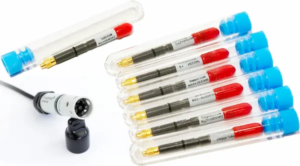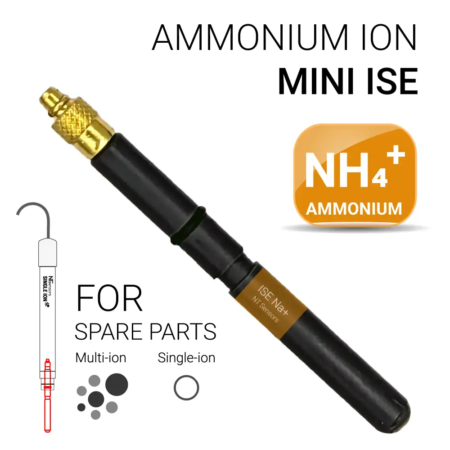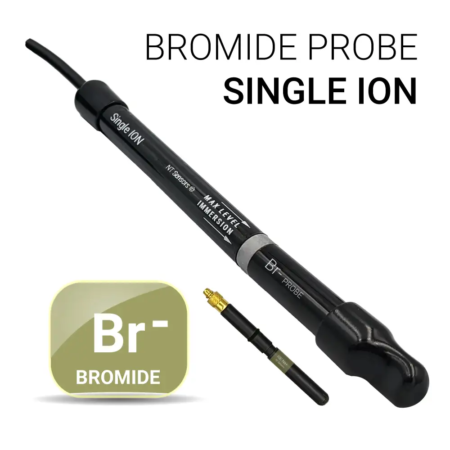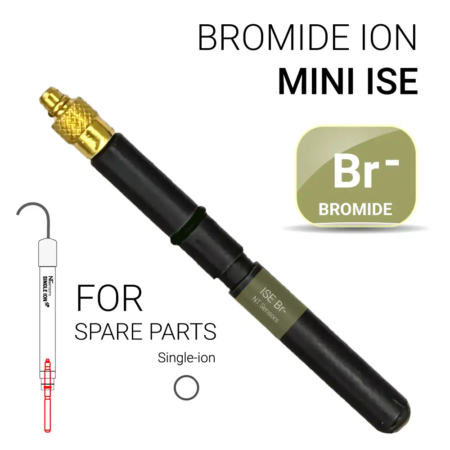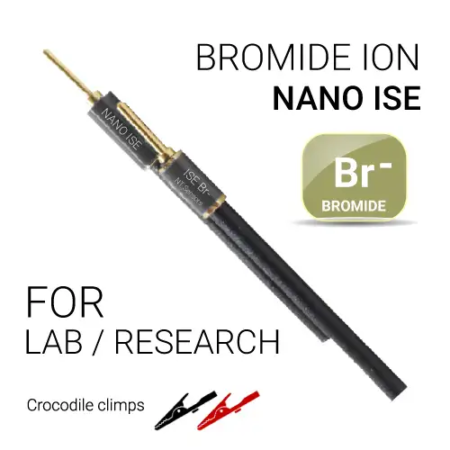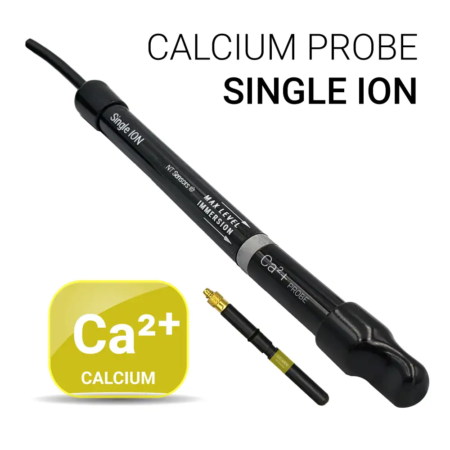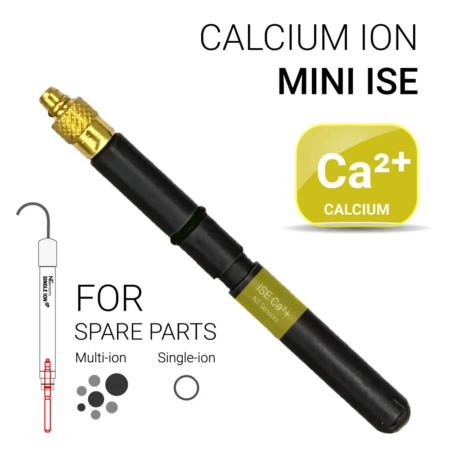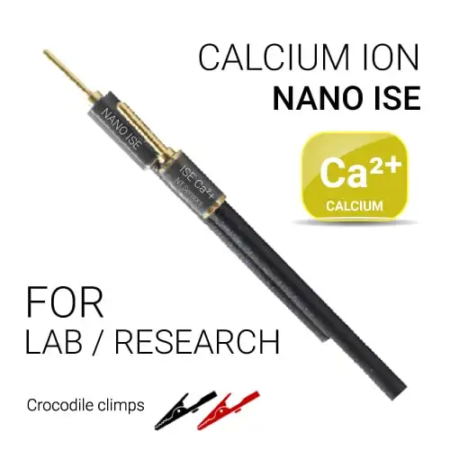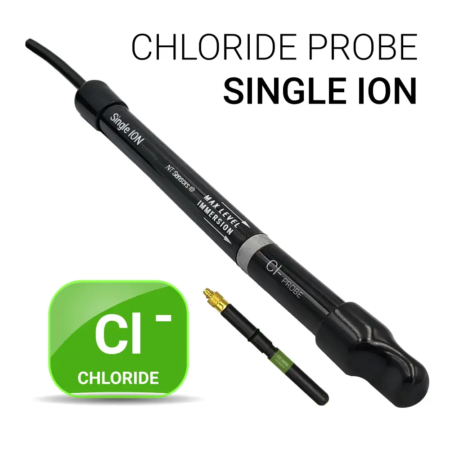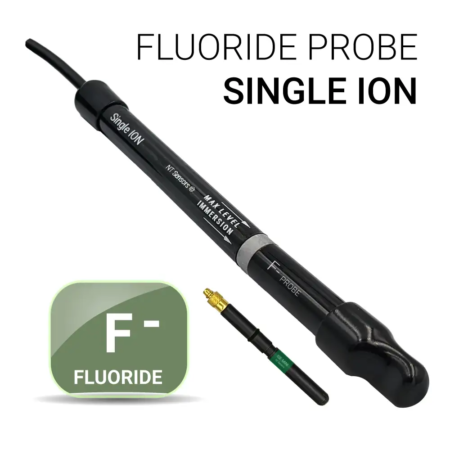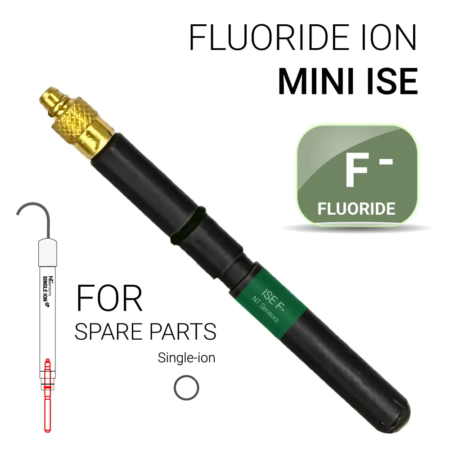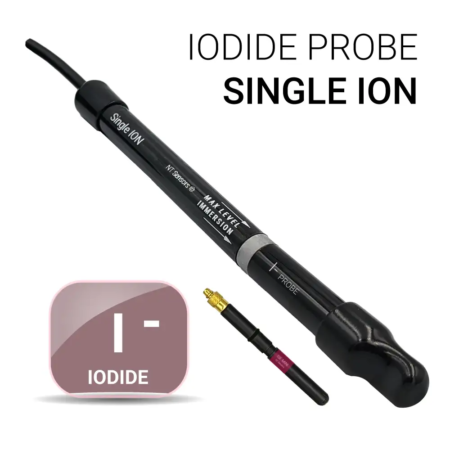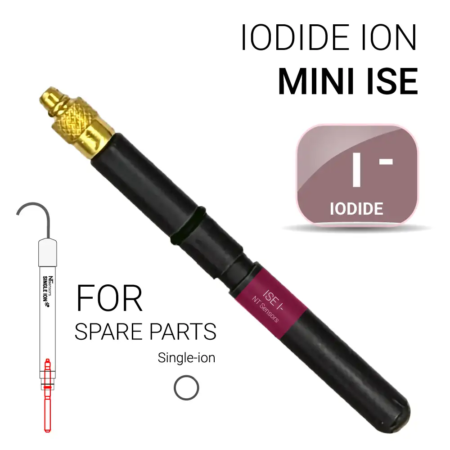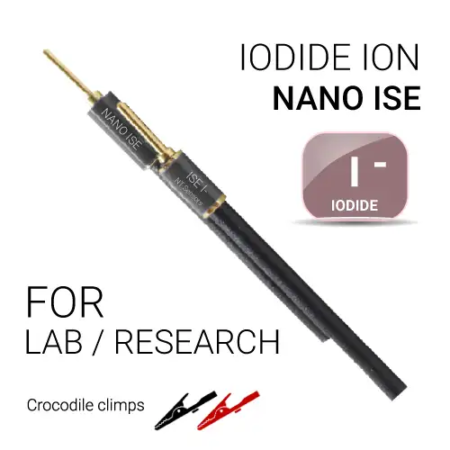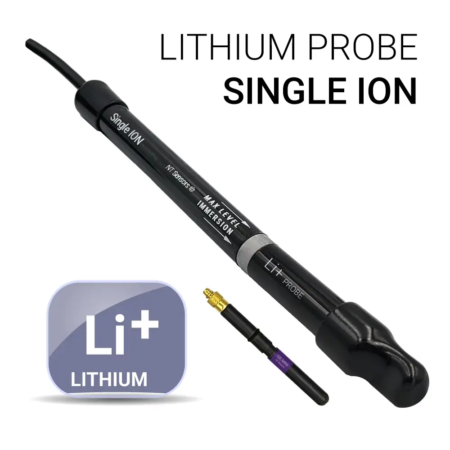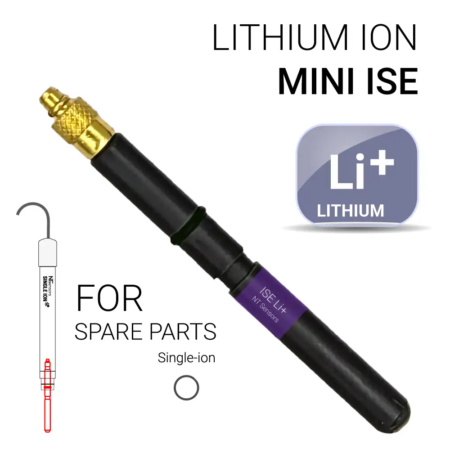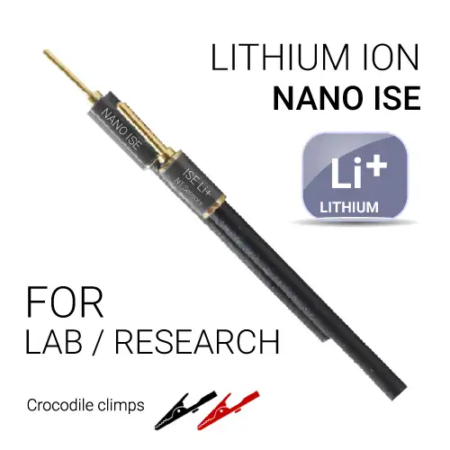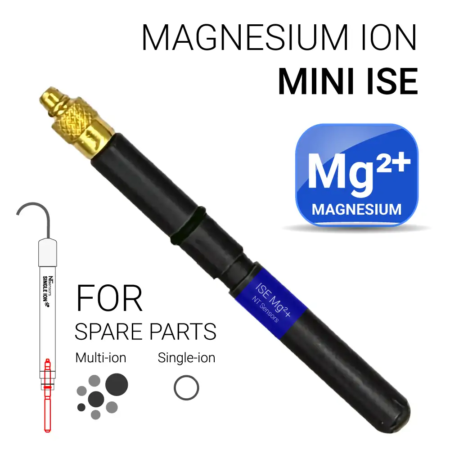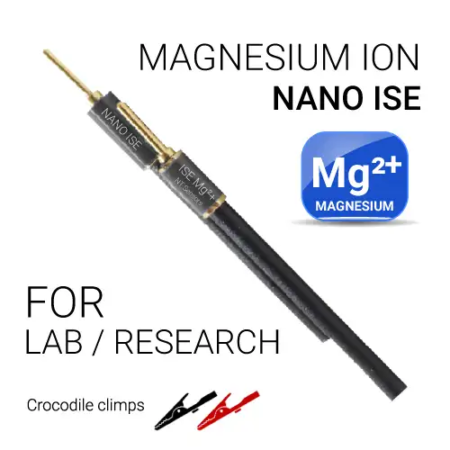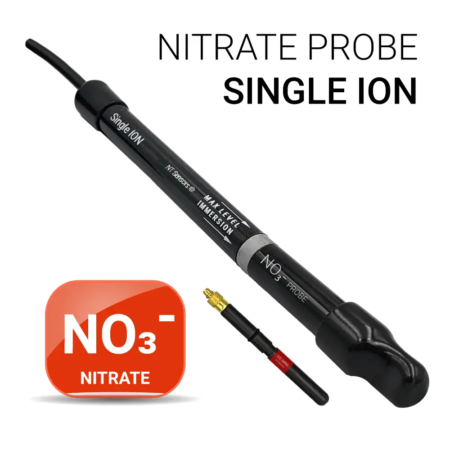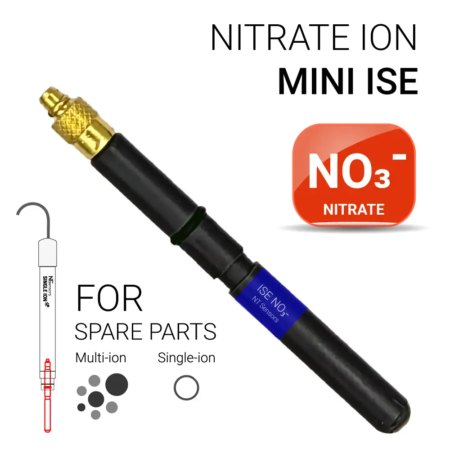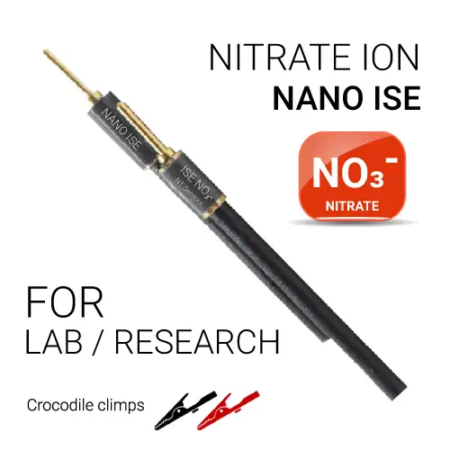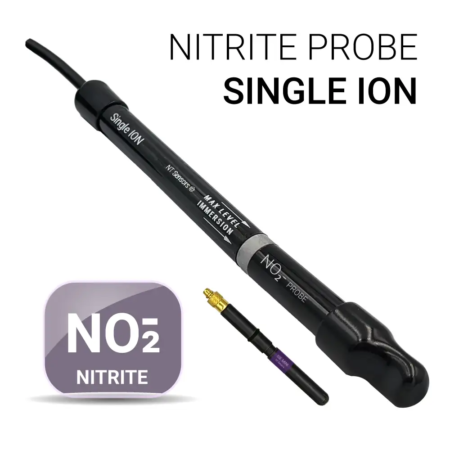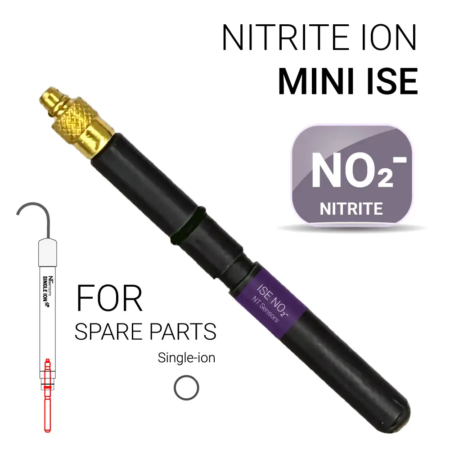ISE ELECTRODES
Half-Cell Micro Electrodes Based on Carbon Nanotubes: A Game-Changer in ISE Electrodes
Ion-selective electrodes (ISEs) are essential tools for measuring the concentration of ions in a solution.
They are used in various fields, including medicine, environmental monitoring, and food industry. However, traditional ISEs are large, expensive, and require skilled personnel to operate. This is where half-cell micro electrodes based on carbon nanotubes come in. They offer reliable and affordable miniaturized solid-state electrodes that are ideal for research applications or ultra-low volume samples.
One of the significant advantages of half-cell micro electrodes is their ability to work in any orientation. This makes them ideal for use in various settings, including field and laboratory settings. They are easy to use and require minimal equipment, which makes them an attractive option for those who need to measure ion concentrations quickly and efficiently.
- Display 50 Products per page
In addition, half-cell ion selective electrodes based on carbon nanotubes offer exceptional performance in terms of ease of use and robustness of operation. They are designed to withstand harsh environments and can be used for long periods without requiring maintenance. This makes them an ideal choice for research applications where reliability is crucial.
The non-destructive nature of the technique used in half-cell micro electrodes is another significant advantage. It enables the analysis of ultra-low volumes, which is particularly useful for research applications where sample size is limited. Additionally, it reduces the risk of contamination, which is essential for accurate measurements.
In conclusion, half-cell micro electrodes based on carbon nanotubes are a game-changer in the field of ISE electrodes. They offer reliable, affordable, and miniaturized solid-state electrodes that are ideal for research applications or ultra-low volume samples. Their ability to work in any orientation, ease of use, robustness of operation, and non-destructive nature make them an attractive option for those who need to measure ion concentrations quickly and efficiently. The potential applications for this technology are vast, and it has the potential to revolutionize the way we measure ion concentrations in various fields.

